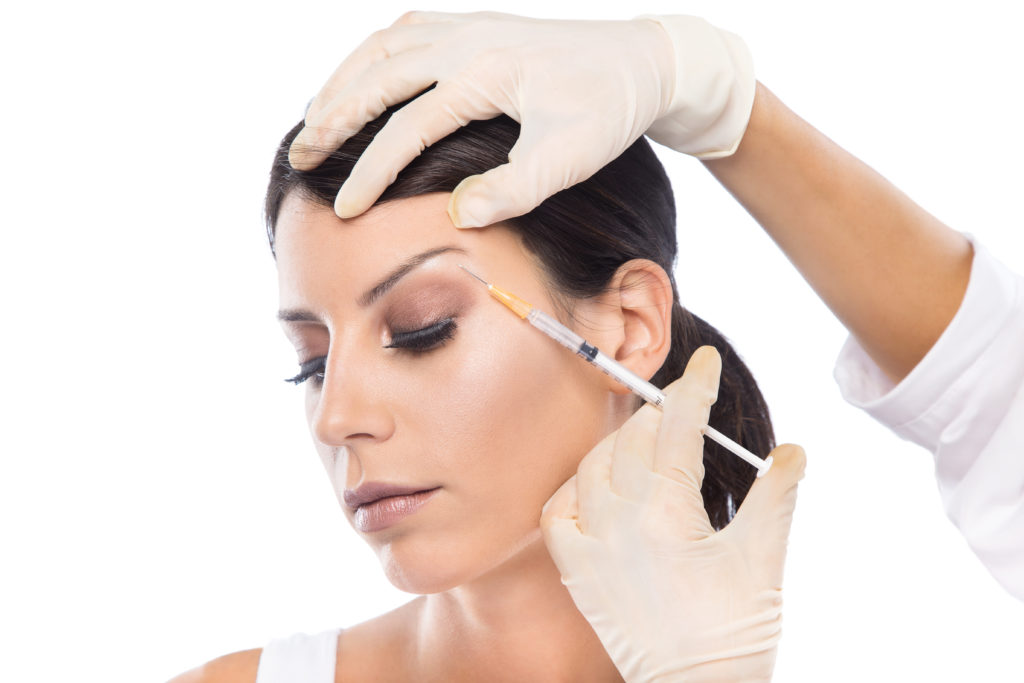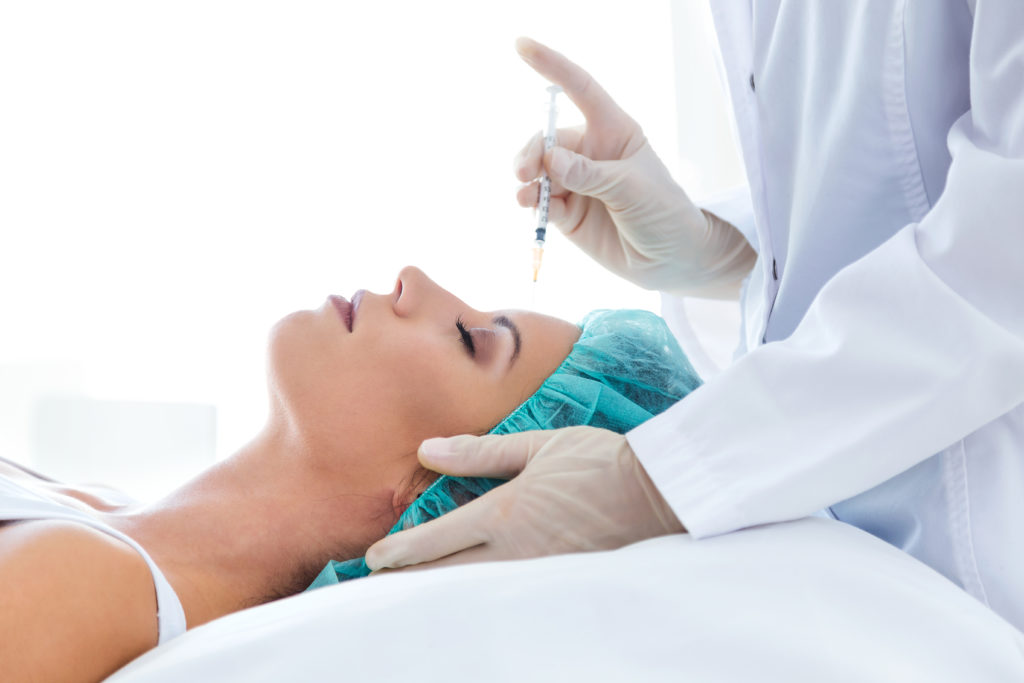Botox is a world-known brand. The injection of youth that irons out the wrinkles and fixes the imperfections on your face is a dream that many people dream. Cosmetic application of Botox is definitely the first thing that comes to mind. But, is that what it is most commonly used?
Actually, Botox surpassed the yearly revenue of 3 billion dollars in 2018. However, 54% of injections were used in medical purposes other than cosmetic use. While the rise of its cosmetic use is 8% per year, it is 17% for medical use. Botox is used to treat migraines, certain bladder disorders, and other conditions.
What Is Botox?
You might have heard already that botulinum toxin or Botox is actually a highly dangerous substance. It is produced by the bacteria Clostridium botulinum.
If you were to contract an infection by this bacteria, you would experience paralysis of your facial muscles first. The paralysis would spread down your throat until it reaches the muscles responsible for breathing. So, botulism is a severe life-threatening condition.
In 2019, in New York, three women were hospitalized to be treated for botulism. They contracted the disease by eating a salad that contained home-canned peas.
One of the ladies home-canned those peas following the recipe for peaches. However, vegetables are low in acidity and need to be canned in an entirely different way, so that Clostridium botulinum doesn’t contaminate it.
There are eight stereotypes of Clostridium botulinum, but only A and B are used for medicinal purposes.
How Does Botox Work?
When you inject Botox into a muscle, the muscle is temporarily paralyzed. The mechanism behind this goes like this – botulinum gets to the nerve terminal and binds it.
Normally, the nerve terminal would give out the order for the acetylcholine to be released. That is how the nerves tell the muscles to work. Without this neurotransmitter to break the news to the muscle, the muscle remains passive.

That is why you are able to trigger this paralysis in such a small scope. You simply target the muscles and their nerve terminals.
Just like with any other procedure, Botox has some adverse effects. You can experience headaches, bruises or swelling. Sometimes, the surrounding muscles to the one in which the Botox has been injected can get weak. Most of these side effects can be prevented by:
- Not using anticoagulants for two weeks prior to the treatment.
- The use of topical anesthetic.
- Icing.
- Using a small needle for the treatment.
You can expect the effects of Botox to last for around 4 months. That is the time needed for the muscles to regenerate and for the nerve terminal to become functional again.
The Uses of Botox
Botox is very effective in treating facial wrinkles, especially in combination with dermal fillers. While being the most advertised, its cosmetic use is not its only use.
There are other conditions that require local muscle paralysis in order to be cured. One of them is hyperhidrosis – this is a condition that causes people to sweat excessively and severely under their arms.
Those are all conditions that Botox cures and provides relief for due to its ability to temporarily paralyze the muscles. However, there are other mechanisms that Botox triggers, making it a great relief for other illnesses.
Namely, Botox also interferes the production of substance P and glutamine. This means that it can help stop the pain. That is why Botox is effective in treating certain types of migraines.

There are many conditions that Botox can help you with. However, you cannot just use it at will whenever you think it may soothe your pain or help you with certain issues.
FDA approved Botox for treatment in a limited number of cases. More precisely, the following 7 instances:
- Lateral canthal lines – Crow’s feet.
- Glabellar lines – Frown lines or ‘eleven’ .
- Hyperhidrosis – excessive sweating.
- Strabismus – being cross-eyed.
- Cervical dystonia – neck dystonia.
- Chronic migraines.
- Urinary incontinence.
As you can see, there is so much more to Botox than being the ‘vanity injection.’ It is a valuable and interesting treatment option that brings relief to thousands of people affected by different conditions.

